This is driving me nuts for a couple of days now, so maybe you guys can give me some insights into what is going wrong.
I'm trying to read some data from an EEPROM (24LC16B) with an STM32(F0), but it just doesn't let me. I've tried an Arduino, which worked and does still work, so I do know that the wiring is correct.
This is my function to read the EEPROM data. (It is cut down to the very basis, just for testing): (Pastebin of my I2C_setup function)
uint16_t readEEPROMData(uint16_t deviceAddress, int memAddress){
// Wait while I2C peripheral is not ready
I2C_WaitForFlag(I2C_ISR_BUSY);
// Start I2C write transfer for 2 bytes, do not end transfer (SoftEnd_Mode)
I2C_TransferHandling(I2C1, 0xA2, 2, I2C_SoftEnd_Mode, I2C_Generate_Start_Write);
I2C_WaitForFlag(I2C_ISR_TXIS);
// For testing purpose, be sure to generate a stop command...
I2C_TransferHandling(I2C1, 0xA2, 0, I2C_AutoEnd_Mode, I2C_Generate_Stop);
return I2C_COMM_STATUS;
}
Here's an pastebin of the Arduino library I used.
I've used a logic analyzer to see how the communication is going, and now I really don't understand it. Here's a printscreen of the working Arduino version:

And here's a printscreen of the STM32 communication:

Logic analyzer exports (viewable with Saleae Logic)
As you can see, I'm using the same address (although I had to use 0xA2 with the STM32), and there are no weird things happening, besides the NACK. So what could possible be wrong?